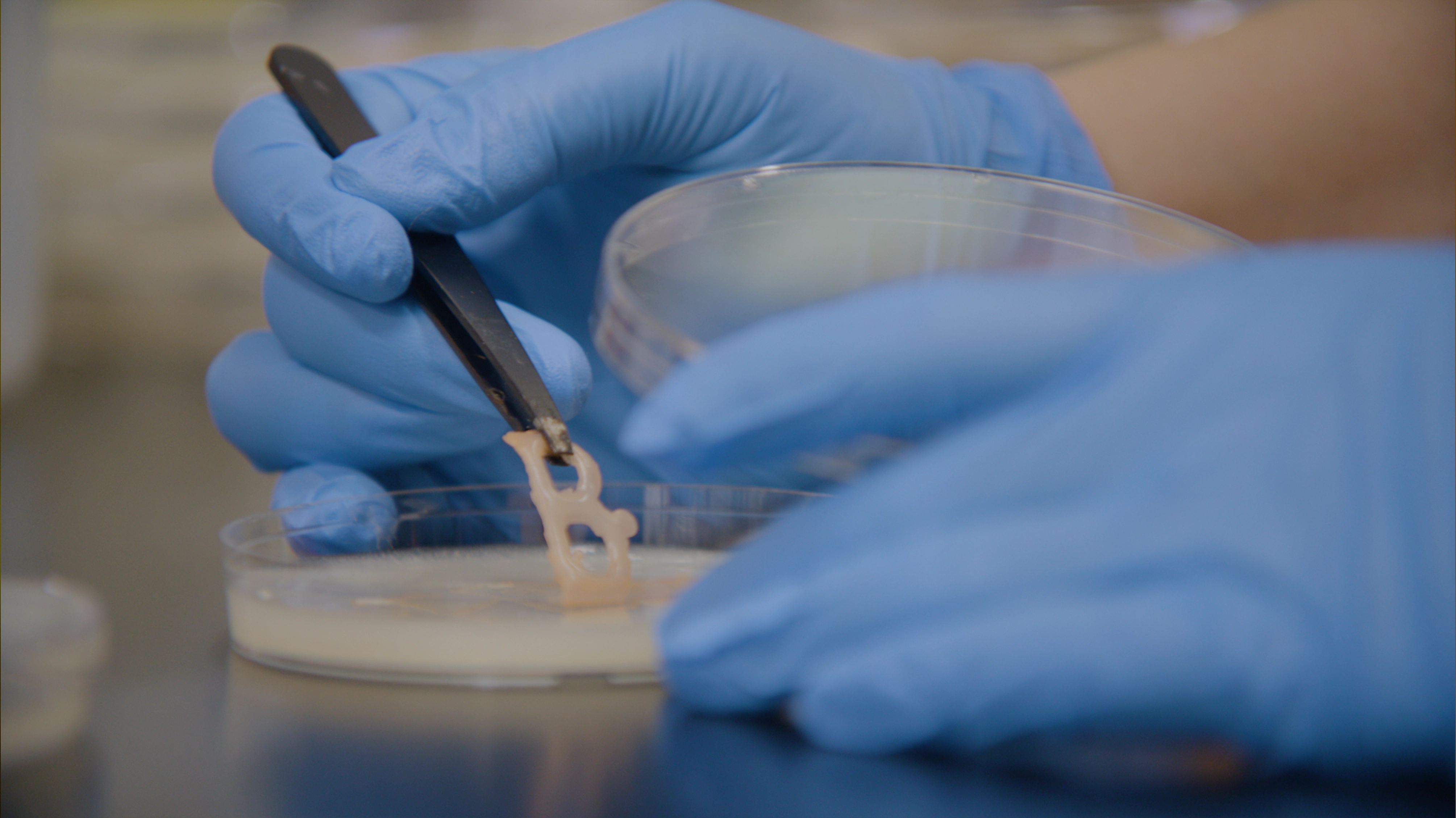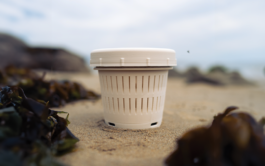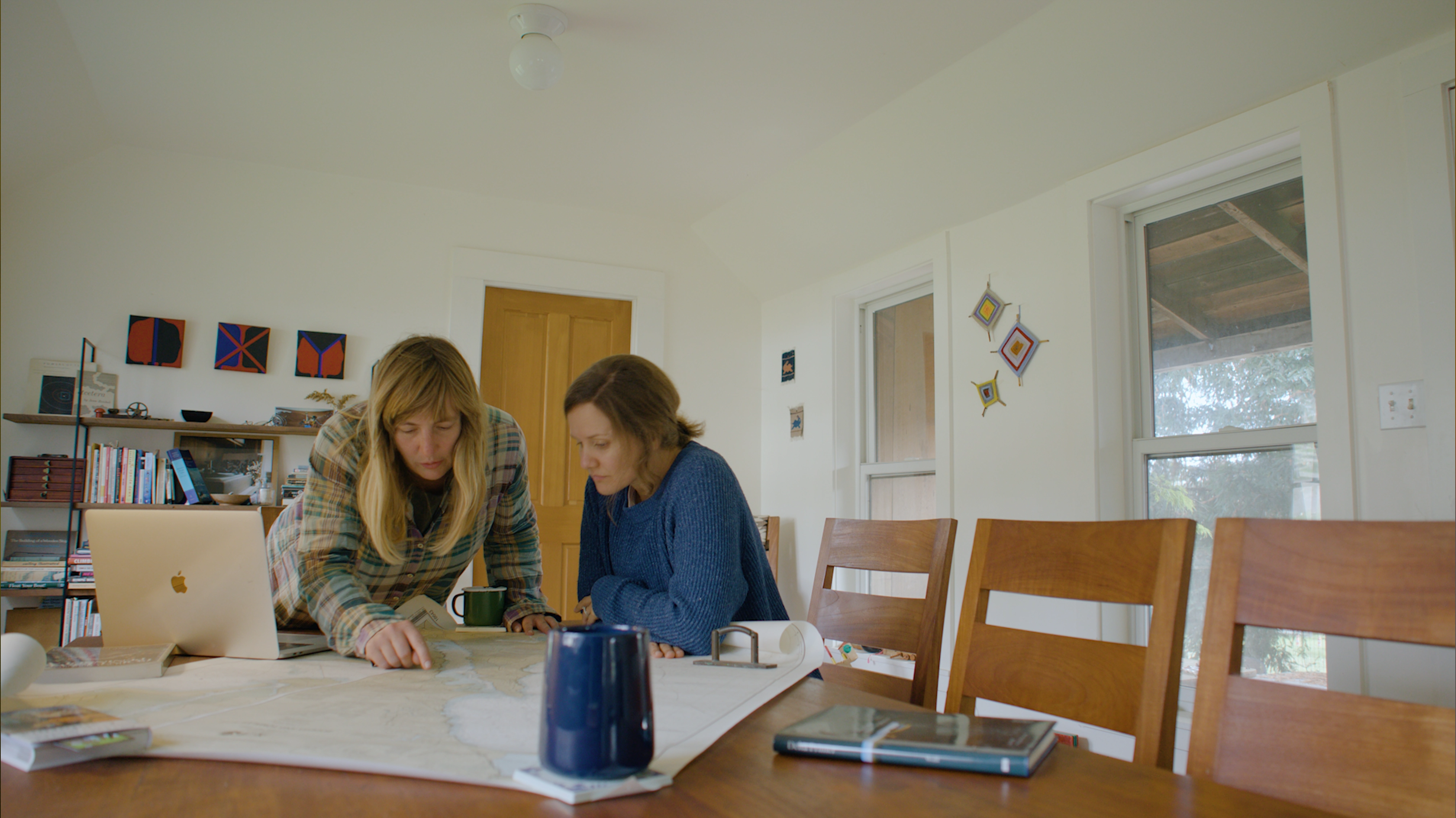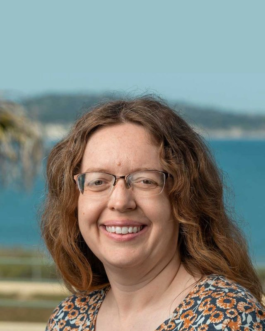Designing ocean-degradable materials by harnessing the power of marine microbes.
Nereid engineers bioplastics proven to fully degrade in the marine environment, leaving no microplastics behind. Using a polyhydroxyalkanoate (PHA) base made by bacteria, accelerated degradation begins upon triggered exposure to seawater, on the user’s timeline.



We begin by isolating marine microbes from the ocean environment, that are specifically well equipped to breakdown our material base, polyhydroxybutyrate (PHB), a compound naturally made by bacteria and plants.
Nereid is pioneering approaches to embed the microbes directly into polymers that will enable enhanced or triggerable degradation of PHB based objects.
PHB-degrading bacteria begin to degrade the material on contact with seawater. Our materials are suitable for a variety of ocean instrument and gear applications–and beyond.

We pioneered innovative “living materials” embedded with naturally-occurring PHA-degrading bacteria that can begin to degrade the material on contact with seawater.

Our materials are suitable for a variety of ocean instrument and gear applications, from ocean sensing to aquaculture and fishing industries.

Nereid Biomaterials is a team of material scientists, microbiologists, and oceanographers working across industry, academia, and government to develop biodegradable materials for the ocean.
Align your practice with your principles.
Designing ocean-degradable materials by harnessing the power of marine microbes.



We begin by isolating marine microbes from the ocean environment, that are specifically well equipped to breakdown our material base, polyhydroxybutyrate (PHB), a compound naturally made by bacteria and plants.
Nereid is pioneering approaches to embed the microbes directly into polymers that will enable enhanced or triggerable degradation of PHB based objects.
PHB-degrading bacteria begin to degrade the material on contact with seawater. Our materials are suitable for a variety of ocean instrument and gear applications–and beyond.
Nereid engineers bioplastics proven to fully degrade in the marine environment, leaving no microplastics behind. Using a polyhydroxyalkanoate (PHA) base made by bacteria, accelerated degradation begins upon triggered exposure to seawater, on the user’s timeline.
We pioneered innovative “living materials” embedded with naturally-occurring PHA-degrading bacteria that can begin to degrade the material on contact with seawater.
Our materials are suitable for a variety of ocean instrument and gear applications, from ocean sensing to aquaculture and fishing industries.
Nereid Biomaterials is a team of material scientists, microbiologists, and oceanographers working across industry, academia, and government to develop biodegradable materials for the ocean.
Align your practice with your principles.
© Nereid Biomaterials. All rights reserved.
A leading class of biopolymer, polyhydroxyalkanoates (PHAs) have gained widespread attention due to their similar physical and mechanical properties to traditional plastics like polypropylene. Nereid has successfully produced prototypes for commercial partners using techniques including injection molding and 3D-printing. Our material is amenable to current manufacturing processes.
A leading class of biopolymer, polyhydroxyalkanoates (PHAs) have gained widespread attention due to their similar physical and mechanical properties to traditional plastics like polypropylene. Nereid has successfully produced prototypes for commercial partners using techniques including injection molding and 3D-printing. Our material is amenable to current manufacturing processes.
Nereid is developing an adhesive “sticker” containing PHA-degrading bacteria. When placed onto a PHA object, the bacteria within the sticker will begin to degrade the object it has been placed on, rapidly enhancing the rate at which the material will degrade.
Nereid is developing an adhesive “sticker” containing PHA-degrading bacteria. When placed onto a PHA object, the bacteria within the sticker will begin to degrade the object it has been placed on, rapidly enhancing the rate at which the material will degrade.
Our innovative materials use polyhydroxyalkanoates (PHAs) as base polymers, to which we compound nutrient additives and bacterial cells. These “living materials” represent a new class of materials capable of self-eating at the end of their service life. Of the current commercially available biopolymers, only PHAs are biodegradable in marine environments.
Our innovative materials use polyhydroxyalkanoates (PHAs) as base polymers, to which we compound nutrient additives and bacterial cells. These “living materials” represent a new class of materials capable of self-eating at the end of their service life. Of the current commercially available biopolymers, only PHAs are biodegradable in marine environments.

We are a team of material scientists, microbiologists, and oceanographers working across industry, academia, and government.
Anne Meyer
Living Materials Expert
We are a team of material scientists, microbiologists, and oceanographers working across industry, academia, and government.
Anne Meyer
Living Materials Expert